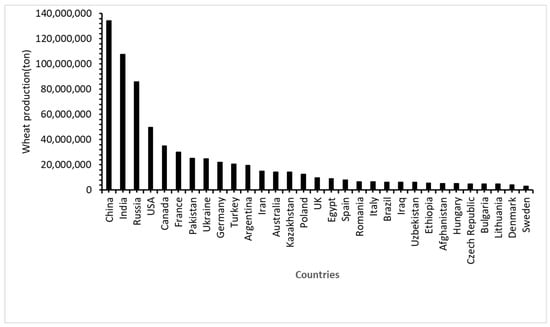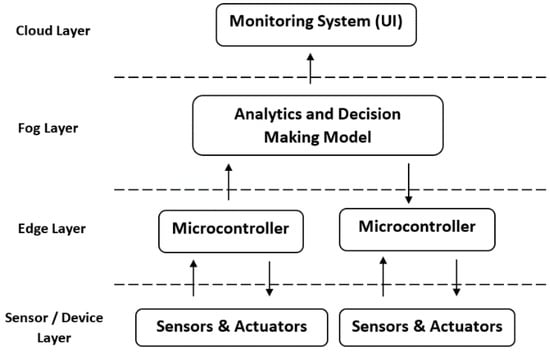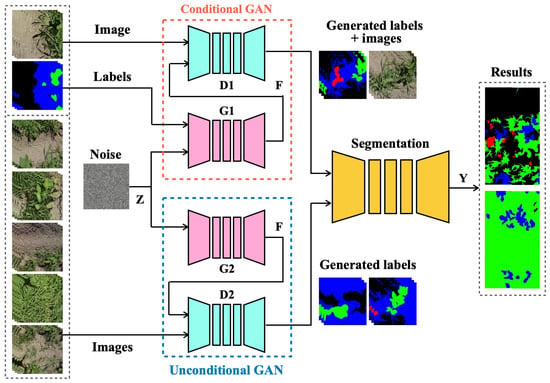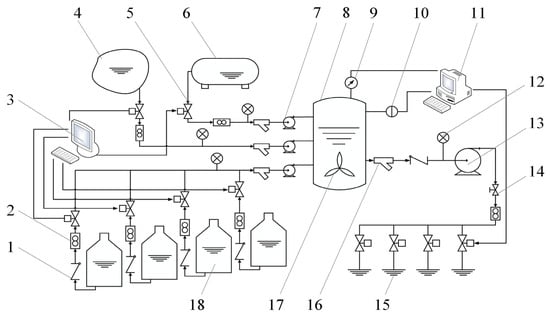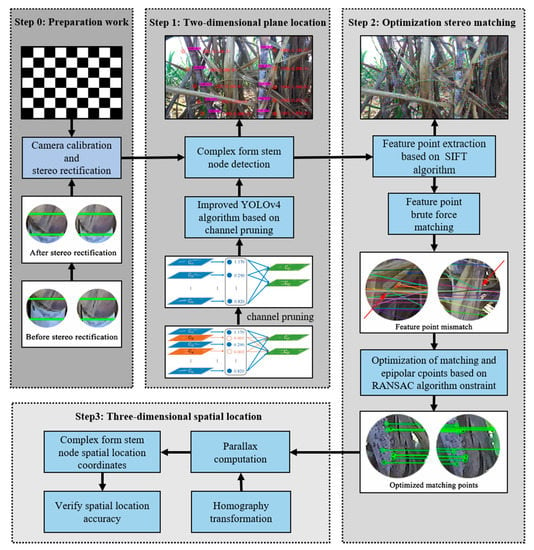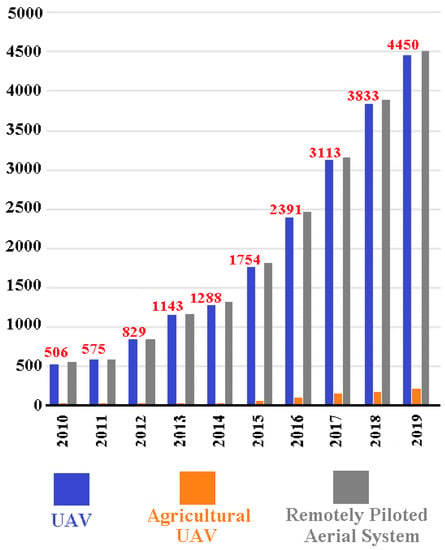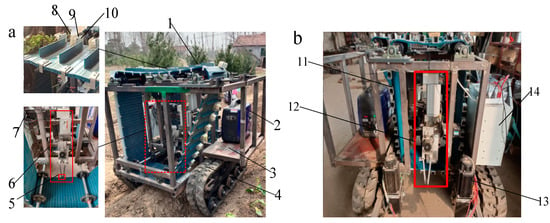Agriculture 4.0: From Precision Agriculture to Smart Farming
A topical collection in Applied Sciences (ISSN 2076-3417). This collection belongs to the section "Agricultural Science and Technology".
Viewed by 39878
Editors
Interests: sustainable development of smart agriculture; remote sensing (processing of satellite images and/or from drones; IoT and data analysis, etc.) for precision agriculture and industry 4.0 in the whole food production chain; food processing plant automation and optimization; energy saving and natural resources optimization
Interests: pre- and post-harvest processing; yield monitoring; energy consumption monitoring; food plant
Special Issues, Collections and Topics in MDPI journals
Topical Collection Information
Dear Colleagues,
Agriculture 4.0, the natural evolution of precision agriculture, makes it possible to face these challenges by allowing an intelligent and controlled application of inputs (water, nutrients, pesticides, energy), optimized management of production from field to table, integration of different technologies in agriculture, etc. The use of software, applications, networks of sensors, all supported by Internet of Things (IoT) technologies, make data easily manageable and accessible. This allows to accurately provide and analyse information in real time, allowing the automation of agricultural production and decision-making processes. For example, at the current state of knowledge, typical consolidated technologies of precision agriculture allow farmers to program the variable distribution of inputs according to the spatial and temporal variability of crops. On the other hand, the possibilities offered by the latest generation technologies allow for an integrated communication between all the tools present in the farm with a high level data accessibility between the components of the supply chain: machines, equipment, farms, customers, dealers and institutions, etc. Therefore, the agriculture in the future will increasingly use sophisticated technologies such as robots, field sensors, aerial imagery, GPS technology, software completely interconnected by IoT networks allowing farms to be more profitable, efficient, safer and more environmentally friendly. Among the topics we highlight:
History of Precision Agriculture, Sensing Technology for Precision Farming (satellite, aerial, UAV, proximal sensing platforms, etc.), Data Processing and Utilization in Precision Agriculture, Image Processing, Control of Precision Agriculture Production, Big data analysis applied to precision agriculture, Intelligent Agricultural Machinery and Field Robots, Traceability Smart Agriculture, Precision Farming Economics.
Prof. Dr. Pasquale Catalano
Prof. Dr. Antonia Tamborrino
Guest Editors
Manuscript Submission Information
Manuscripts should be submitted online at www.mdpi.com by registering and logging in to this website. Once you are registered, click here to go to the submission form. Manuscripts can be submitted until the deadline. All submissions that pass pre-check are peer-reviewed. Accepted papers will be published continuously in the journal (as soon as accepted) and will be listed together on the collection website. Research articles, review articles as well as short communications are invited. For planned papers, a title and short abstract (about 100 words) can be sent to the Editorial Office for announcement on this website.
Submitted manuscripts should not have been published previously, nor be under consideration for publication elsewhere (except conference proceedings papers). All manuscripts are thoroughly refereed through a single-blind peer-review process. A guide for authors and other relevant information for submission of manuscripts is available on the Instructions for Authors page. Applied Sciences is an international peer-reviewed open access semimonthly journal published by MDPI.
Please visit the Instructions for Authors page before submitting a manuscript. The Article Processing Charge (APC) for publication in this open access journal is 2400 CHF (Swiss Francs). Submitted papers should be well formatted and use good English. Authors may use MDPI's English editing service prior to publication or during author revisions.
Keywords
- history of precision agriculture
- sensing technology for precision farming (satellite, aerial, UAV, proximal sensing platforms, etc.)
- data processing and utilization in precision agriculture
- image processing
- control of precision agriculture production
- big data analysis applied to precision agriculture
- intelligent agricultural machinery and field robots
- traceability smart agriculture
- precision farming economics
- vegetable and crop yields








